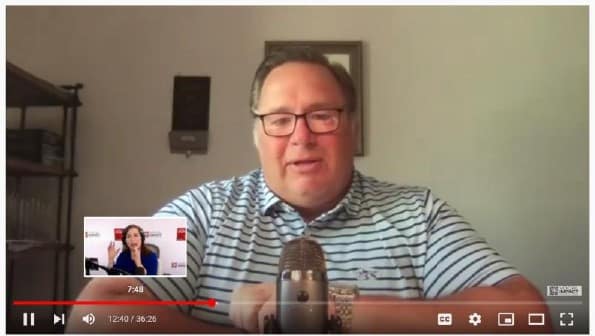Before moving to Philadelphia over 20 years ago(!), I spent a few years teaching English (as a “foreign” language) at Meito High School in Nagoya, Japan.
On the one hand, academically-oriented high school seniors around the world all seem to be focused on the same thing: getting into the best universities possible.
However, a major difference is what is required to be successful in this endeavor. In Japan, grades are extremely important, but the real focus is each university’s entrance exam, and a major national exam: With minimal exception, the highest test scores win, period.
Most of the seniors in my honors English classes had visions of studying at American (or British, or Australian) universities, which meant that a big part of my job was helping them learn the art and science of writing the dreaded college admissions essay.
That task vexes most students, but there were at least two extra layers of challenge for my students: First, of course, was that they had to write these essays in English, rather than their native Japanese (can you imagine having to write your application essays with however much Spanish or French you managed to pick up in high school?)
But even more challenging was that essay writing overall was NOT a part of the Japanese education system on the whole. In other words, they’d never written 1,000 words about ANYTHING, in any language, EVER.
So needless to say, they thought what I was asking them to do was absolutely insane, which was reflected in the effort they were putting into their assignments. Finally, in a moment of empathetic exhaustion, I said to them:
“Look, I know this is difficult, and it’s not fun. But the American university admissions process is very different from the Japanese system, and in the US, this essay is extremely important.
Most of you have said that you dream of studying abroad. If so, you will have to do a LOT of writing, in almost every class. This essay is just the beginning.
I am asking you to PLEASE TRUST ME. I know what will be required for you to get there, because I have done it myself, and I want to help you succeed. Will you please trust me?”
The class was silent for a moment, but after that, the work ethic was notably improved. That Friday, I collected the students’ journals to read over the weekend, and one student had written:
“I was very surprised and impressed by your words. No teacher has ever asked me to trust them before. I felt your words were powerful. So I will trust you.”
An interesting moral to the story for me was that in order to gain people’s trust, sometimes all it takes is to explicitly and sincerely ASK for it!
Being transparent overall is a big part of gaining trust, as explored this week on the Speaking to Influence podcast with guest Trevor Garner, CFO of IdeaCrew. Trevor shares some examples of what works – and what doesn’t – in creating clarity and cultivating trust with both sides of a service-based tool.
IdeaCrew works with politicians and the government and community members to create efficient, user-friendly state healthcare websites. (Talk about a daunting prospect!)
I love when guests surprise me with their answers. In talking about the importance of vulnerability as a prerequisite to building trust, he told a story of when, in a meeting, a male coworker rudely dismissed his comments, after which Trevor replied, “You know, when you said X, you really hurt my feelings.” (If you want to know how the conversation ended, you’ll have to tune in HERE.)

But I confess I was surprised to hear about two male executives having this exchange, as – stereotypically – women are told to “be less emotional” at work, and men have been historically socialized to not talk about their feelings at all. Yet Trevor’s transparency and vulnerability in this way built trust on many levels that opened to deeper and more productive conversations.
Listen to the full conversation here or watch it on YouTube here.
Influence and trust have an interesting relationship: When your audience trusts you, you do not need to persuade them.
And speaking of persuasion, did you catch Friday’s LinkedIn Live (and YouTube Live) with Deb Coviello, The Drop-In CEO? Our topic was “Persuading the C-Suite,” and we had over 5,000 people watch within the first 72 hours – amazing!

But don’t worry if you missed it: you can still watch the replay here.
.
Adding even more to your powers of persuasion, we're going live on LinkedIn today, May 3, 2022 at 1:00PM – 2:00 PM, where we'll get to discuss Adding Humor to Work and Life with Theresa Hummel-Krallinger, President of High Five Performance. RSVP or join the conversation here.
And if that wasn’t enough, I also have the privilege of speaking with friend and colleague Dr. James Smith, Jr. on The Dr. James Show. You may recall Dr. James from Speaking to Influence episode 95, “Mastering Public Speaking.”
Dr. James is the incoming president of the National Speakers’ Association, a certified speaking professional, master trainer in leadership as well as diversity, equity and inclusion (DEI) and so much more. When the two of us get going, conversation goes both fast and deep – try to keep up! And get ready for some fun in the process.

You can watch a little promo here.
Now I'm asking YOU to trust ME: take a few moments over lunch or whenever you're free and check out at least one of these conversations with these experts. I know you'll come away with some 24K gold nuggets you won't want to miss.



